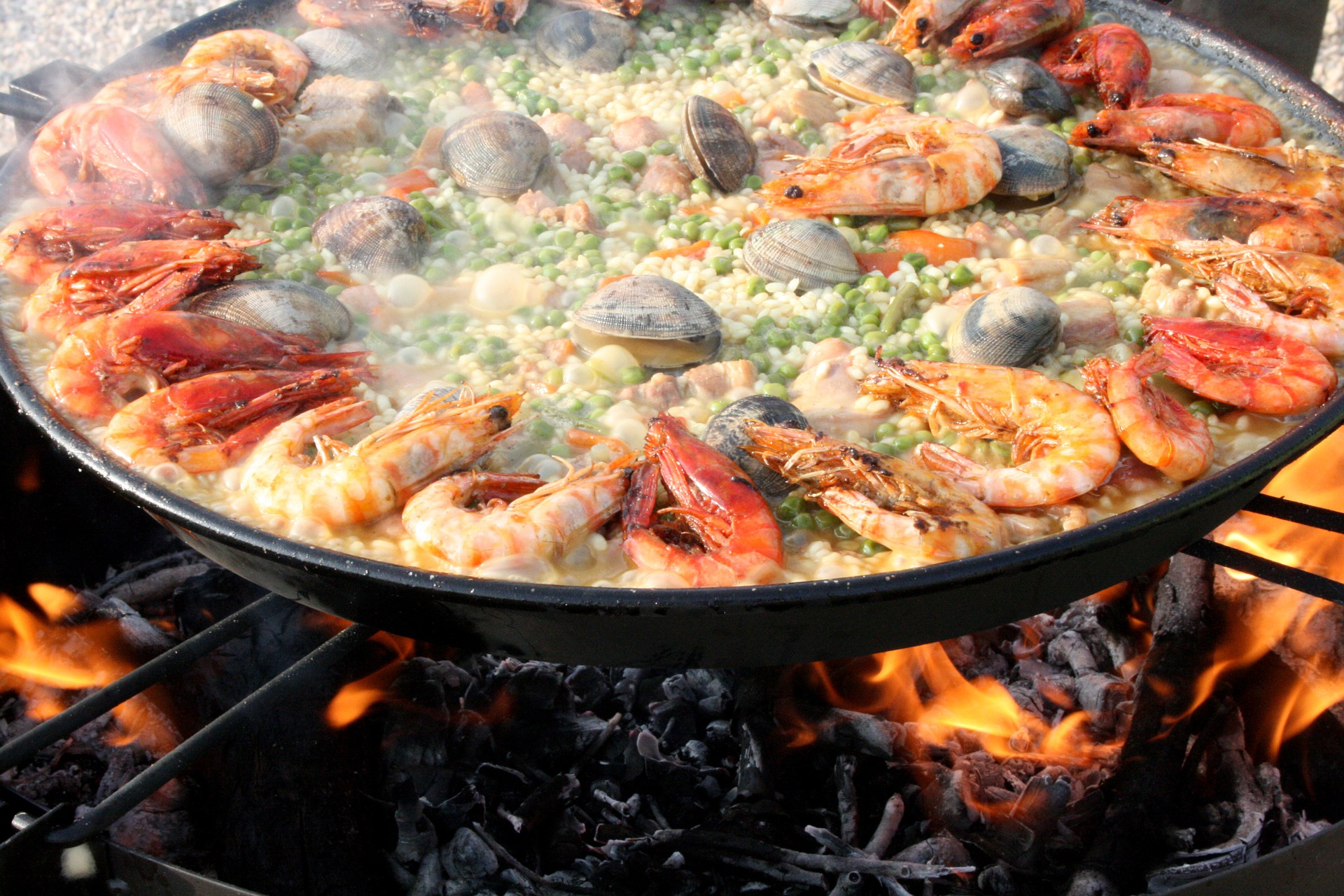This article examines the basics of the Mediterranean Diet. This diet may be one of the easiest to implement as well as stick to. It features a wide variety of food choices and unlike other popular diets, doesn’t ban any food or food group. This article is only a high-level overview for information only. Use it as a means to decide if further exploration into this diet is of interest to you. There are many diets out there and this is just one of them. So, if after reading this, you don’t think that the Mediterranean diet is for you, that is perfectly acceptable. If you want more information, I’ve included some links to other sources on how to eat Mediterranean style.
History
The Mediterranean Diet as we know it today is interesting in that it is not any specific ONE diet. There doesn’t seem to be a “starting” point of this diet either. PubMed articles date back to 1961.
The area of the world known as the Mediterranean basin is the origin of this eating style. The area is unique in that the area encompasses the majority of ancient world history. The area was home to many people of vastly different cultures and religions and attracted many travelers and traders throughout history as well. Each of these peoples brought their own culture and foods, including foods from the Americas once they were discovered.
As modern people searched for diets and eating patterns that could reduce heart disease and other illnesses, more people turned to the foods of Greece and Italy, among other countries, for guidance to a healthier lifestyle. A Mediterranean-style diet is one of the few diets embraced by the American Heart Association as a healthy diet to combat heart disease.
How to Eat on the Mediterranean Diet
As mentioned, there isn’t one specific “Mediterranean Diet”. This is beneficial because it means that a wide variety of foods, flavors, and textures can be eaten and still fall under the umbrella of “Mediterranean”.
Like many other sound diets, eating Mediterranean focuses on finding good sources of whole foods that are minimally processed.
Unlike many popular diets, however, there is an emphasis on eating grains and potatoes whereas many other popular diets “ban” these.
So, what does a Mediterranean diet look like?
Well, for one, there is no “Off limit” food list.
The majority of the diet should consist of grains and potatoes. Grains-based foods like bread, rice, pasta, polenta, and couscous are staples of the diet.
The next largest food group would consist of vegetables, fruits, beans, legumes, and nuts. Between these two groups of food, you can get all your nutrients, including protein since legumes together with grains, provide a complete protein.
Olive oil is the preferred fat. Cheese and Yogurt are encouraged.
For animal sources of protein, think Fish and seafood first then poultry and then eggs.
Red wine is acceptable, about one glass per day.
Keep sweets to a minimum, but you don’t need to eliminate them. Red meat is allowed, but in very small quantities, like maybe once a month. Limit sugary beverages, saturated fats, highly processed foods including meats, and refined carbohydrates.
Another interesting thing to note is that there is a heavy emphasis on getting adequate physical exercise. Walking is highly encouraged, but you could do any activity that you enjoy. It is said that you may not reap the benefits of this diet without adequate exercise.
Also, culture and sharing food and drink is an important part of this lifestyle. Ordering one meal and sharing it among your friends is commonplace.
All in all, this diet would be well suited to a vegetarian, vegan or pescatarian lifestyle since the focus is primarily on plant-based foods.
Benefits and Concerns
There are not many concerns with regard to this diet. Unless you are someone that doesn’t tolerate carbs well, you probably would do fine on this diet.
The biggest potential benefit seems to be the relationship between low incidences of cardiovascular disease in populations living in the Mediterranean. It is this correlation that sparked interest in researching the effects of the eating style on heart health. Other research is being conducted into effects on cancer risk and mental clarity.
Keep in mind, that regular exercise is considered a requirement for adherence to the Mediterranean diet. So, do you reap the benefits from the food or the physical activity or both?
Conclusion
The Mediterranean diet is recognized as one of only a few heart-healthy diets by the American Heart Association. It features a primarily plant-based diet and favors healthy plant-based oils such as olive oil. Emphasis is placed on family, culture, companionship and physical activity.
This diet would be quite good for vegetarian, vegan or even pescatarian eaters. But also could easily satiate meat-eaters.
One notable aspect is that there are no strictly “off-limit” foods. But getting good minimally processed foods is important to maximize the number of nutrients received from the grains and vegetables.
Are you still on the fence regarding a diet? Here’s my overview of popular diets. Or, you can choose to eat healthy without dieting.

